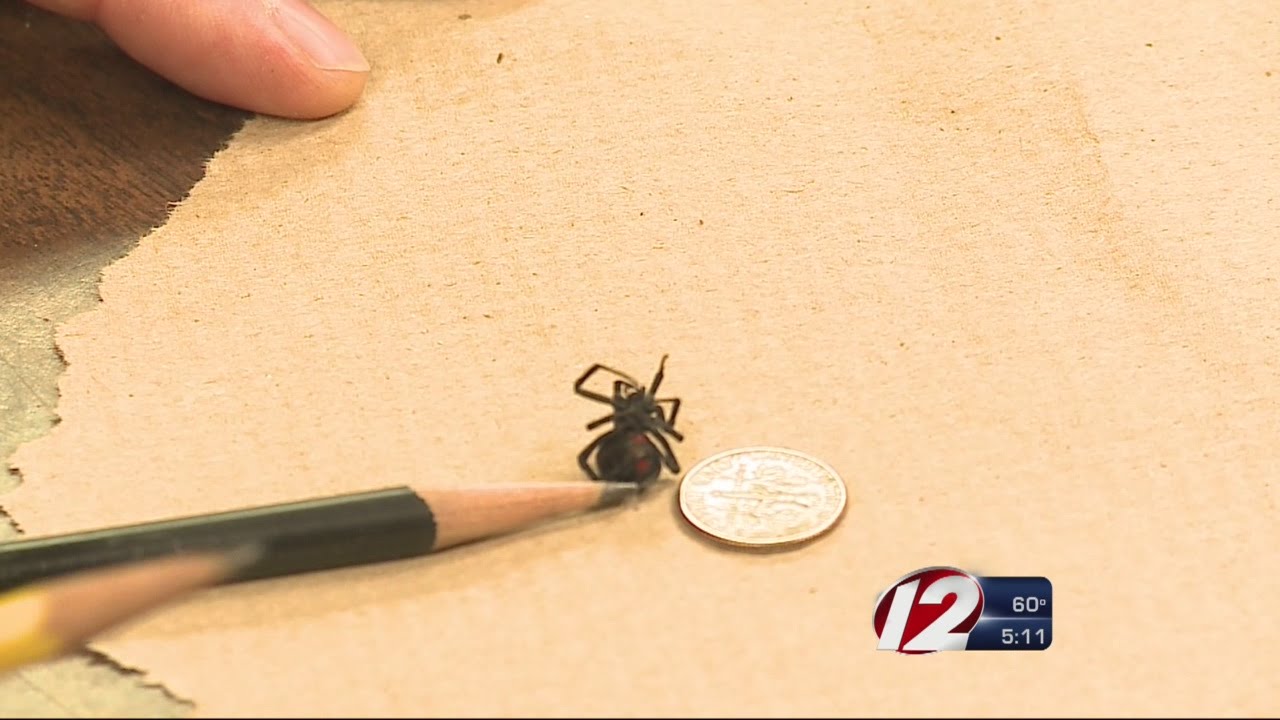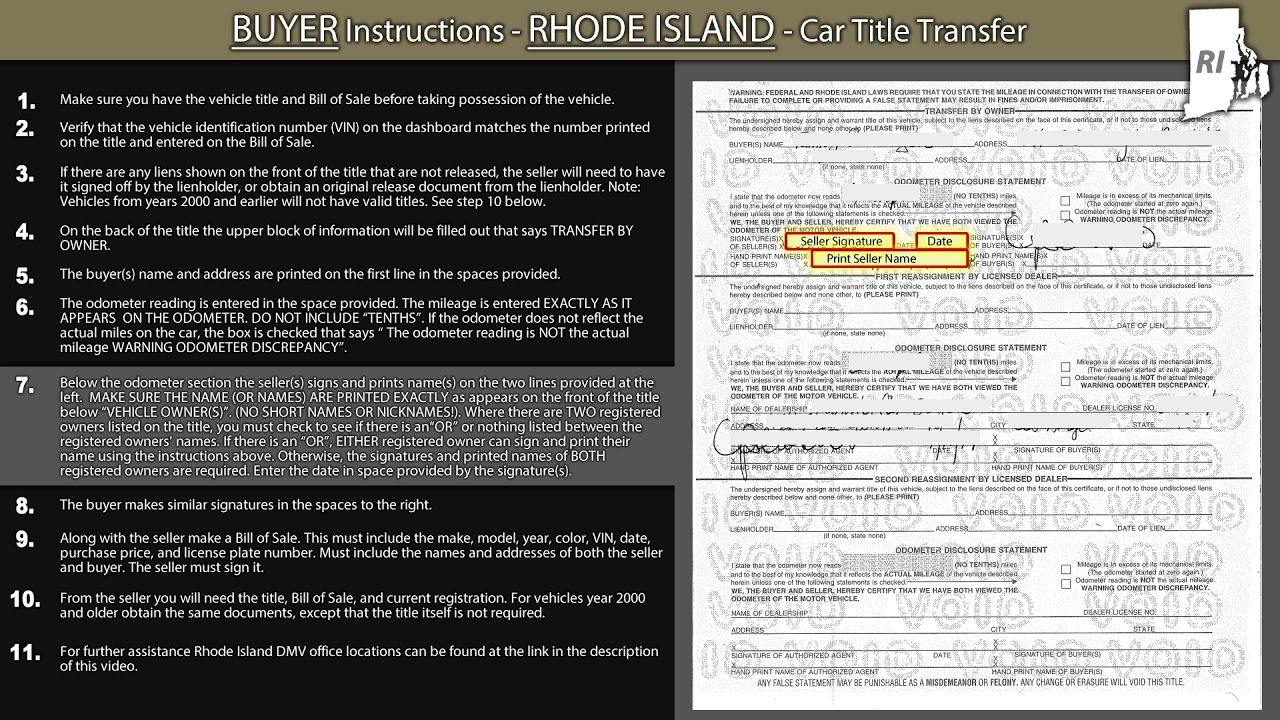Introduction to black widow spiders
Black widow spiders are known for their infamous reputation as one of the most venomous spiders in North America. Belonging to the Latrodectus genus, these arachnids are widely recognized for their distinctive black bodies and red hourglass-shaped markings on their abdomens. While fearsome, they are relatively small in size, with females typically measuring around 1.5 inches in length. Their venomous bite, which can be harmful to humans, makes them a subject of fascination and concern.
Distribution of black widow spiders
Black widow spiders can be found throughout various regions of the world, including North America, South America, Africa, and Australia. In the United States, they are primarily located in the southern and western states, where the climate is warmer. However, their range extends beyond these regions, reaching as far north as Canada and as far east as some parts of the Atlantic coast.
Are black widow spiders found in Rhode Island?
Despite its small size, Rhode Island is not exempt from the presence of black widow spiders. While they may not be as widespread as in southern states, several species of black widow spiders have been reported within the state. With suitable habitats and a moderate climate, these venomous spiders have managed to establish themselves in various locations across Rhode Island.
Identifying features of black widow spiders
Identifying black widow spiders is crucial for distinguishing them from other harmless spider species. Female black widows possess shiny black bodies with a characteristic red hourglass-shaped mark on the underside of their abdomens. The males, on the other hand, tend to be smaller and lighter in color, often exhibiting red or yellow spots. Both sexes have relatively long legs and a round, bulbous abdomen.
Habitat and behavior of black widow spiders
Black widow spiders prefer warm and dark environments, often seeking shelter in secluded areas such as woodpiles, garages, sheds, and outdoor structures. They are nocturnal creatures, remaining hidden during the day and emerging to hunt at night. These spiders construct irregular webs, which they use to capture their prey. It is not uncommon to find black widow spider webs in corners, crevices, or low-lying vegetation.
Venomous nature of black widow spiders
Black widow spiders possess venom that contains neurotoxins harmful to their prey as well as humans. While their venom is potent, it is worth noting that black widow spider bites are relatively rare. Bites usually occur when the spider feels threatened or is accidentally disturbed. It is crucial to seek immediate medical attention if bitten by a black widow spider, as their venom can cause severe symptoms and complications.
Black widow spider bites: symptoms and treatment
When bitten by a black widow spider, individuals may experience a range of symptoms that vary in severity. These can include localized pain, swelling, redness, muscle cramps, nausea, sweating, and abdominal pain. In severe cases, individuals may suffer from hypertension, difficulty breathing, or even paralysis. Prompt medical treatment is essential, as antivenom and supportive care may be necessary to alleviate symptoms and prevent complications.
Historical presence of black widow spiders in Rhode Island
Historically, black widow spiders have been documented in Rhode Island, particularly in the southern and coastal regions. However, due to changes in climate and human activities, their populations have fluctuated over time. While they may not have been as prevalent in the past as in some southern states, black widow spiders have undoubtedly made their presence known within the state.
Recent sightings of black widow spiders in Rhode Island
In recent years, there have been multiple sightings of black widow spiders in various parts of Rhode Island. Reports from residents and experts indicate that these venomous spiders are still present within the state. However, it is important to note that their numbers remain relatively low compared to other regions with more favorable climatic conditions.
Factors contributing to black widow spider populations
Several factors contribute to the population of black widow spiders in Rhode Island. The warming climate has allowed these spiders to expand their range and establish themselves in areas that were once inhospitable. Additionally, the availability of suitable habitats, such as woodpiles and undisturbed outdoor structures, has provided black widow spiders with ample places to thrive.
Mitigation strategies for black widow spiders
To mitigate the presence of black widow spiders in Rhode Island, individuals can take several precautionary measures. Regularly inspecting and cleaning outdoor areas, removing clutter and debris, and sealing gaps and cracks in buildings can help minimize potential hiding spots for these spiders. Exercising caution when working in areas known to harbor black widow spiders can also reduce the chances of accidental bites.
Conclusion: Rhode Island’s black widow spider status
Black widow spiders do exist in Rhode Island, albeit in smaller numbers compared to states with more suitable climates. Their presence within the state serves as a reminder of the adaptability of these venomous arachnids. While their bites can be dangerous, awareness, proper identification, and preventive measures can help residents coexist with these spiders safely. Vigilance and prompt medical attention remain key in mitigating any potential risks associated with black widow spider bites.





